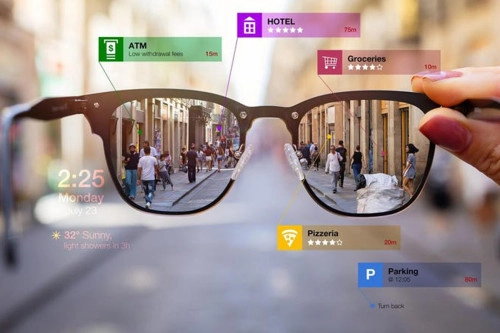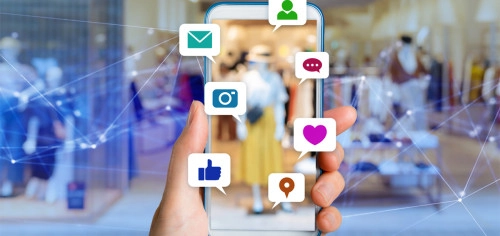
53% of shoppers say that they have stopped buying from a specific online store because of a bad experience or because a competitor offered a better one. The problem boils down to one thing, and it is the lack of understanding of customer experience in ecommerce.
It’s now easier than ever to start your own online business. However, just launching your own store isn’t enough — to make sure people know about you and keep coming back to your store, there needs to be efforts put into making the shopping experience the best it can be.
Take a look at our tips and tricks on how to improve the customer experience for online shoppers down below.
1. Make it special
It’s clear that personalization and storytelling are essential for retailers to increase customer retention, with the ultimate goal being making them feel as individuals and valued.
According to Harvard Business Review, by implementing an emotional-connection-based strategy across the entire customer experience — including how it communicates with customers and attracts prospects — retailers can increase their percentage of emotionally connected customers from 21% to 26%, reduced their customer attrition rate from 37% to 33%, and increase customer advocacy from 24% to 30%, resulting in a 15% increase in the number of active customers and more than a 50% increase in the rate of same-store-sales growth.

Step up your game with enhanced content to create inspirational stories and create an emotional bond with your customer. 24STREAM is a great tool to syndicate unique branded content to communicate brand values and make the product stand out in marketplaces, you can also implement AR so users look and try on any product available. The tool also gives you access to data to understand your customers better.
Another useful tool to create dynamic content and shopping experiences is Eyezon. The software was conceived as a tool to empower people to share experiences through on-demand live streaming. Their product range goes from live shopping to ads, and all the way to showrooms.
2. Implement out-of-the-box social media marketing
There are several ways to integrate your online store with social media you might not have thought of.
Among social media’s top trends are livestreams. According to a 2020 study from Coresight Research estimated that the US livestreaming market would reach $11 billion in 2021 — nearly double its 2020 value. Then, by 2024, it estimates the market will be worth $35 billion in sales (3.3% of all US ecommerce). And while the sales channel is still in its early development phases, livestream shopping is proving to have a strong impact in terms of consumer sentiment. In fact, Klarna found that 60% of shoppers that have used livestream shopping found that it made their experience better.

Also, 78% of businesses know that customers are engaging with the format, that’s why they use live commerce to build deeper connections with shoppers. Companies also use livestreaming to make their videos more accessible (66%) and humanize their brand (59%).
How to step into such a lucrative market? Streamerce, an integrated solution for live streaming, can help you with that by doing such things as applying promo mechanisms to promote streams and/or goods, receive advanced analytics on stream and sales performance, reply to comments, contact customers directly and arrange flash sales among many other functions.
3. Make sure your site loads quickly, whether on a computer or a mobile device
Last, but not least: your biggest threat isn’t a competitor. If your website loads too slowly, customers won’t wait around, they’ll go elsewhere, so aim to keep website load time to a few seconds or less. Amazon, for example, has shown that every 100 milliseconds of latency cost them 1% in sales, while Walmart reports conversion rates rise 2% for every second of reduced load time.
Mobile is also important: nearly two-thirds of cell phone owners in the U.S. now use their phone as their primary access to the Internet and, as a result, companies need to enable all aspects of the customer relationship — from browsing to purchasing to engaging with the brand — to have mobile functionality.

So, to keep potential customers on their Web pages e-retailers need to optimize their websites to guarantee maximum performance regardless of a customer’s network connection and location or whether they are on a desktop, tablet or a mobile device.
The best way to achieve this is by using CDN technology, which is a distributed network of proxy servers and data centers that provide content as quickly, cheaply, reliably, and securely as possible. This technology is incredibly beneficial in areas where internet speed is insufficient, and it just doesn’t need as much resources since CDN’s place servers at the exchange points between different networks.
This is why content syndicated by 24STREAM has a loading time of 0,8 seconds — because it has its own integrated content syndication system. This allowed LG to load AR models 2 to 4 times faster in their product detail pages, for example, because the content is already stored in these CDN servers.















